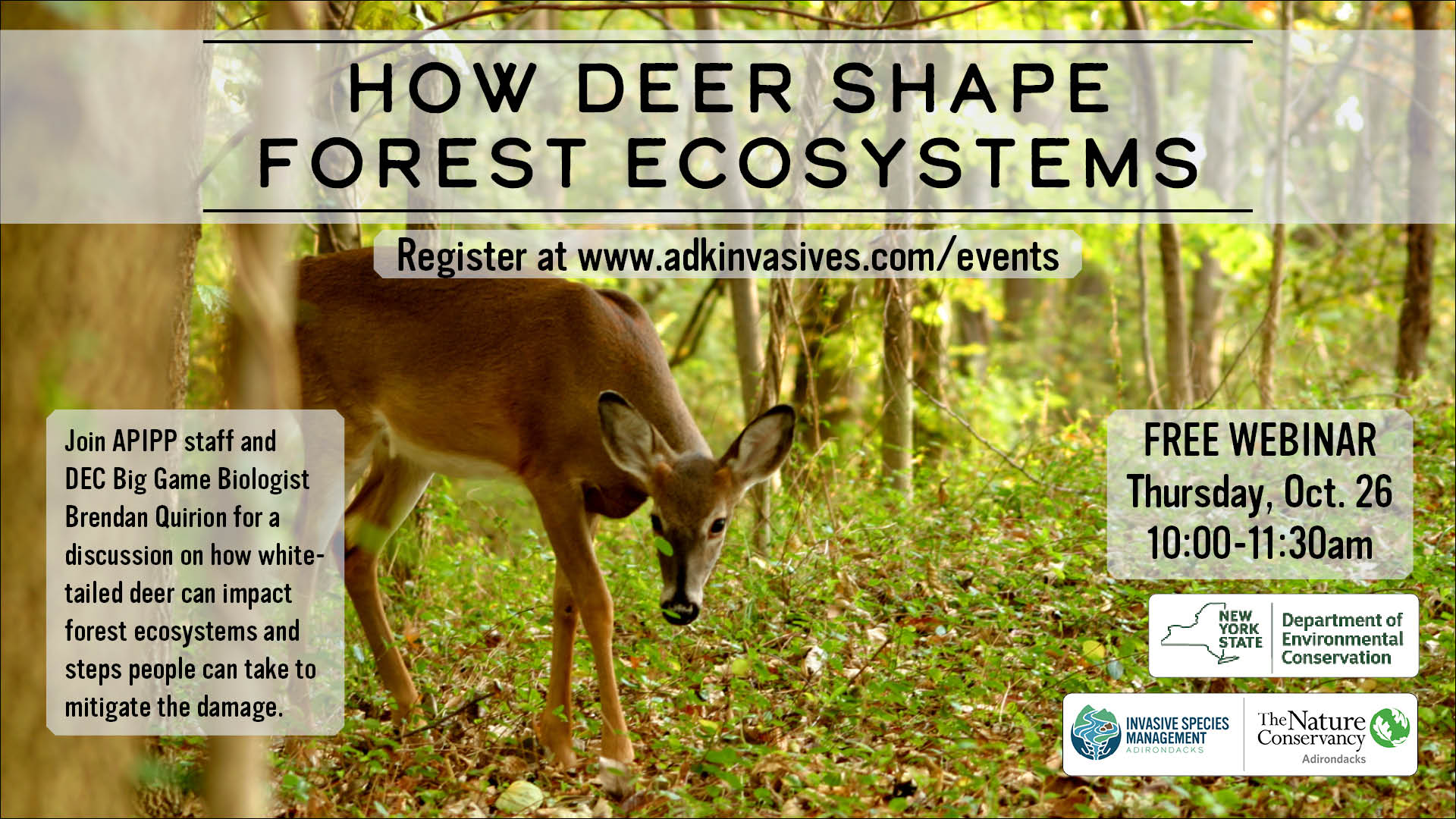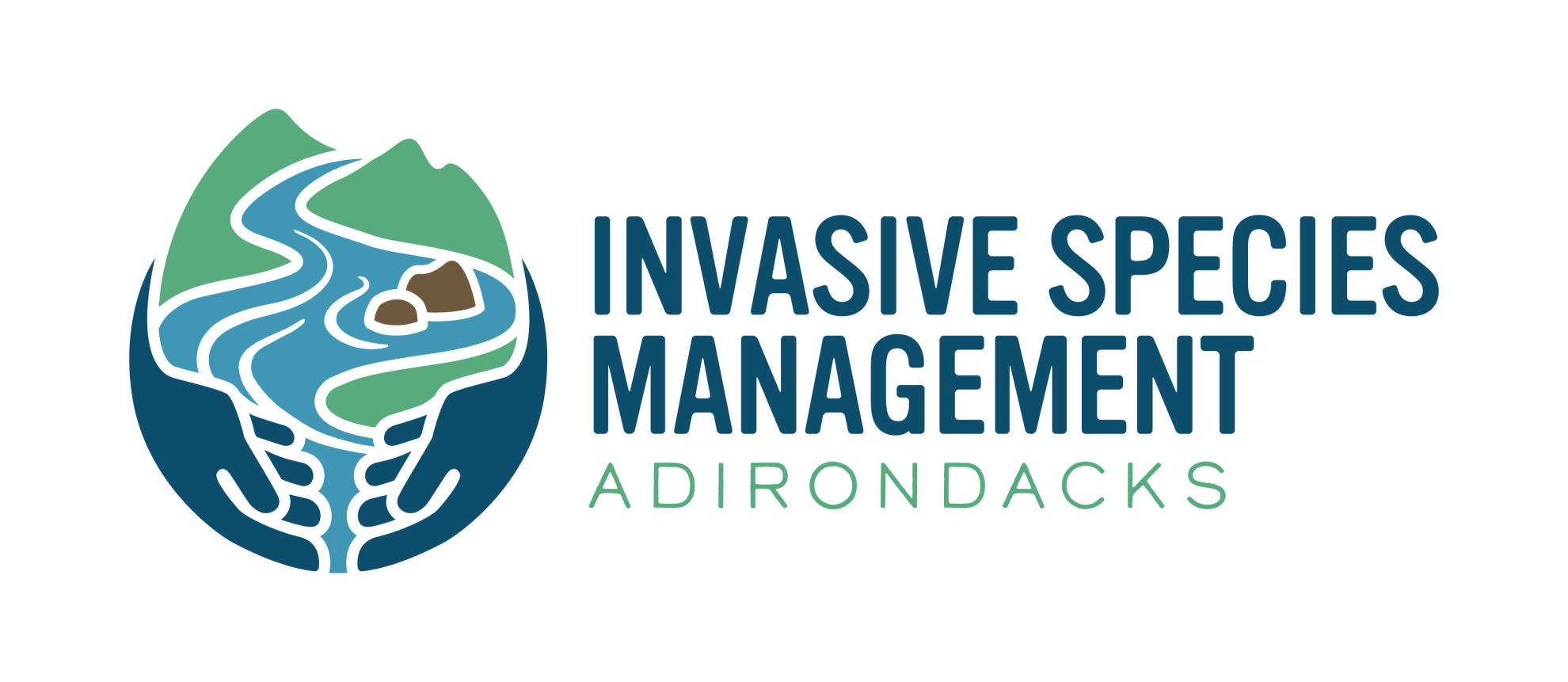How Deer Shape Forest Ecosystems

- 26 Oct 2023 At: 10:00:AM - 11:30:AM
- Zoom
- Register Now
How Deer Shape Forest Ecosystems
White-tailed deer can have a significant impact on forest ecosystems, but steps can be taken to mitigate the damage. Join state Department of Environmental Conservation Big Game Biologist Brendan Quirion for a discussion on how deer populations are bolstered by several factors, including fewer severe winters with deep snow and a lack of apex predators like wolves and mountain lions, all of which have historically kept deer populations in check. Larger deer populations can lead to extensive deer browse, which can harm forest structure, reduce biodiversity, and open the door for invasive species.
“How Deer Shape Forest Ecosystems” will cover DEC’s approach to managing deer populations and what deer management options are available to landowners who want to promote forest health. Participants will also hear from Adirondack Park Invasive Plant Program’s Conversation and GIS Analyst Zack Simek, who will highlight several invasive species that benefit from extensive deer browse, and APIPP Communications Coordinator Shaun Kittle, who will cover simple steps everyone can take to prevent the spread of terrestrial invasive species.

